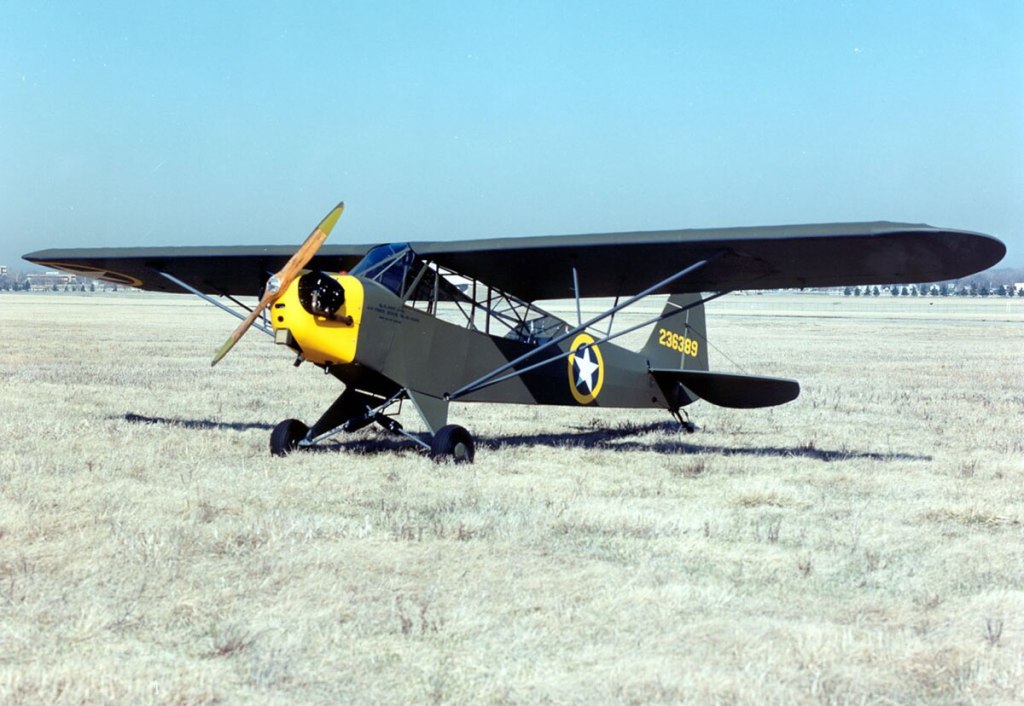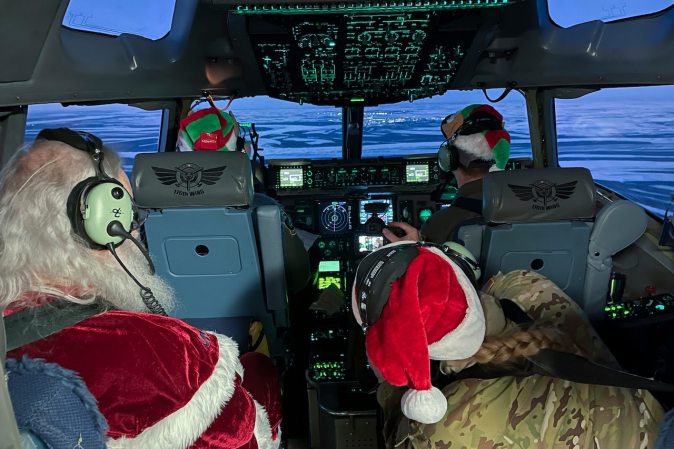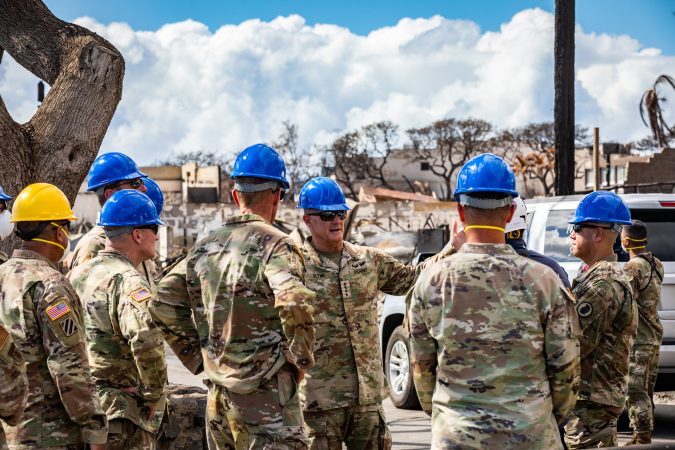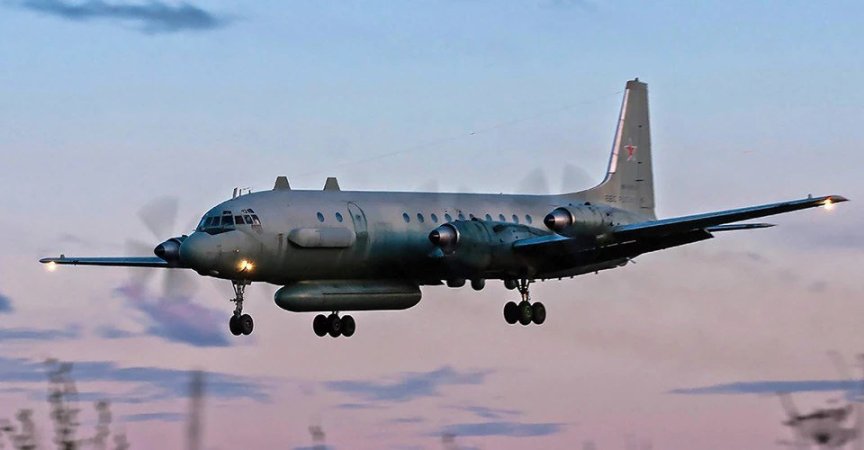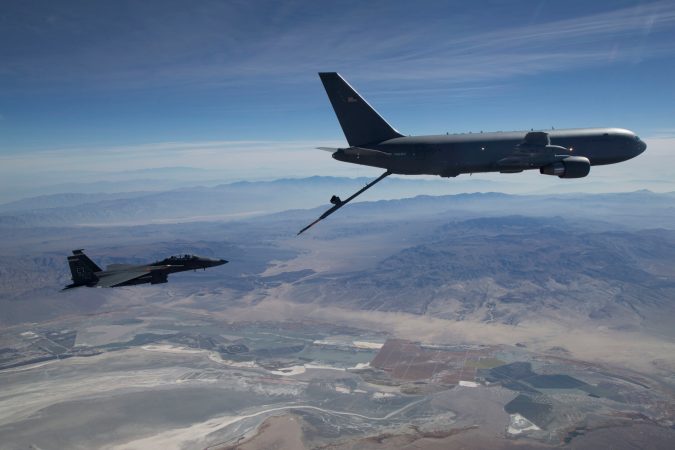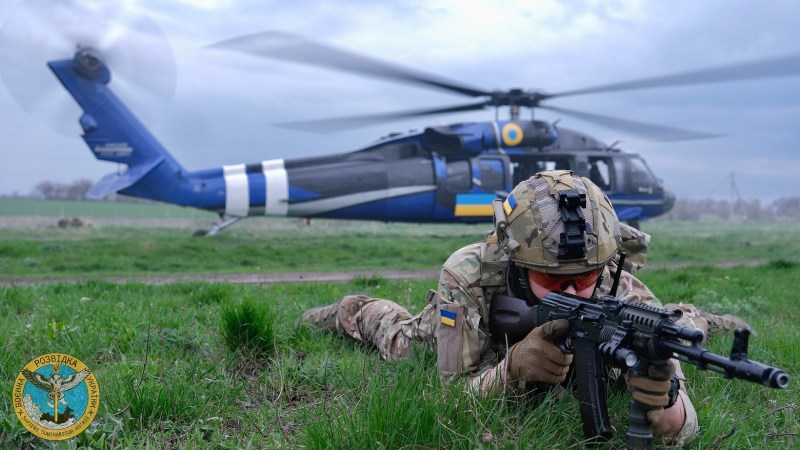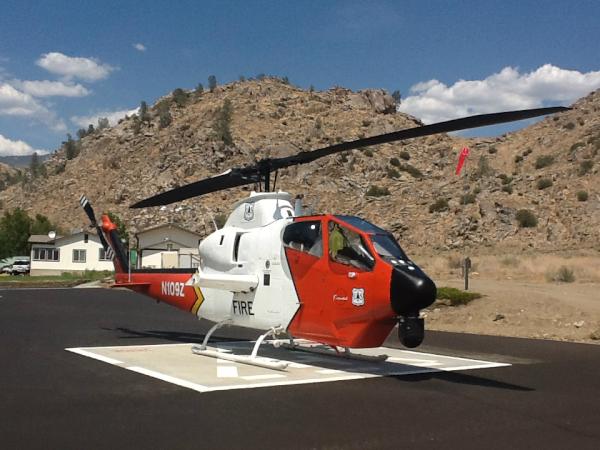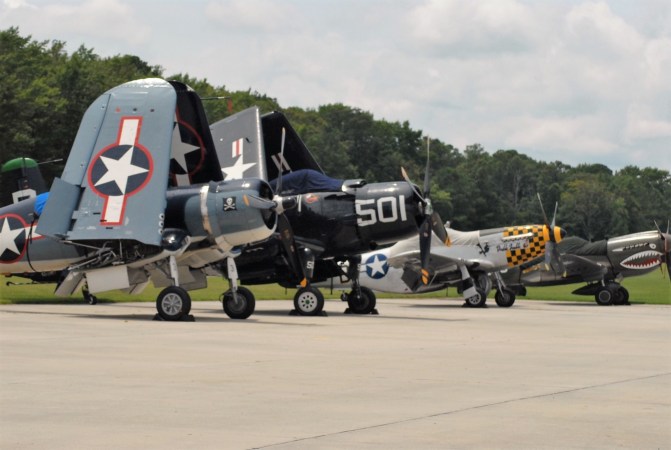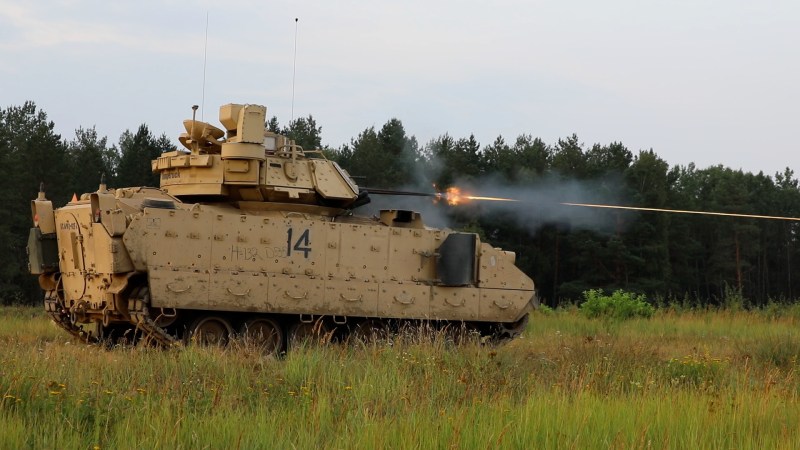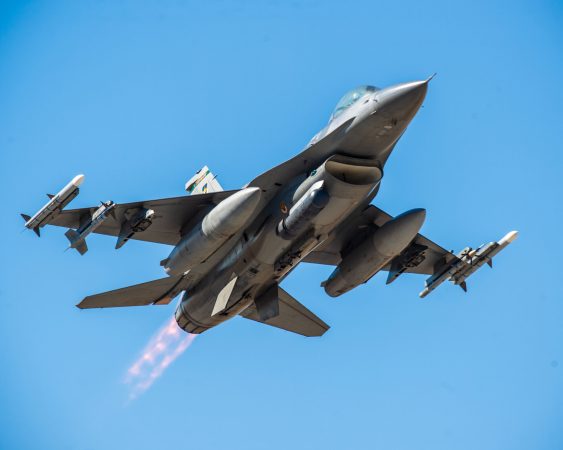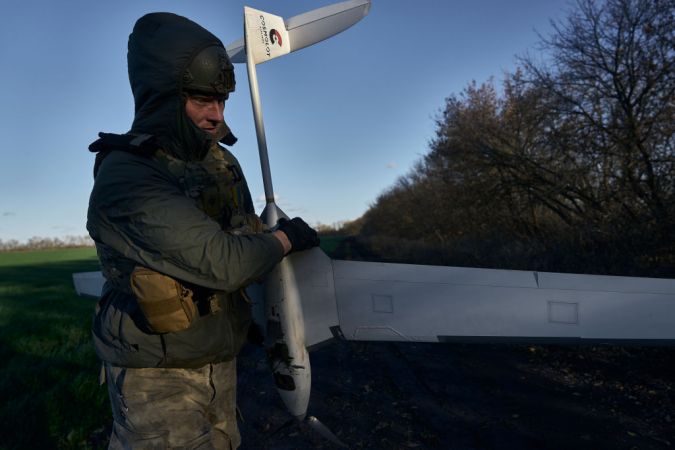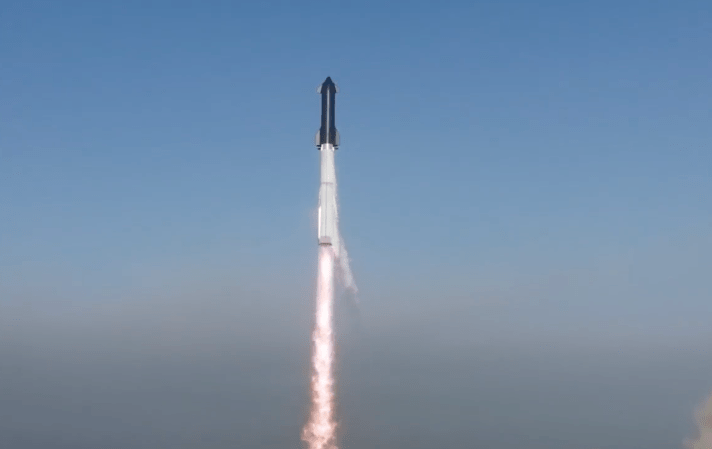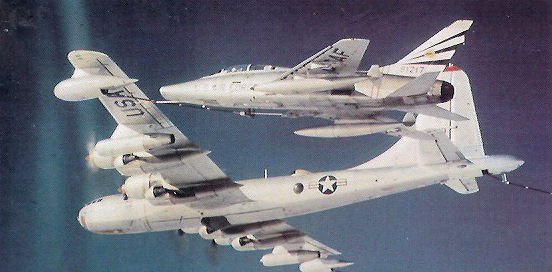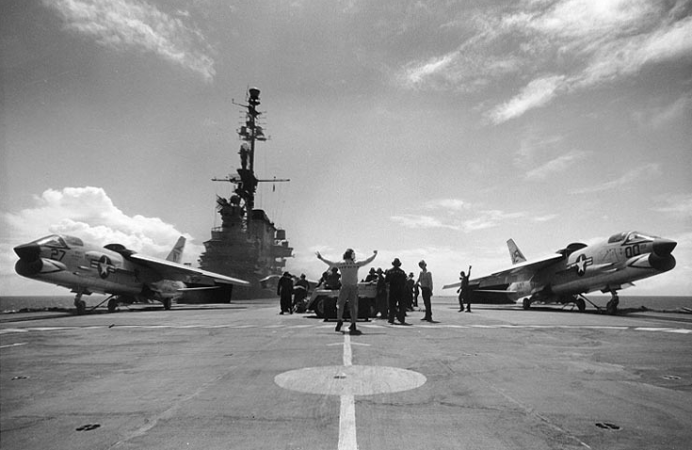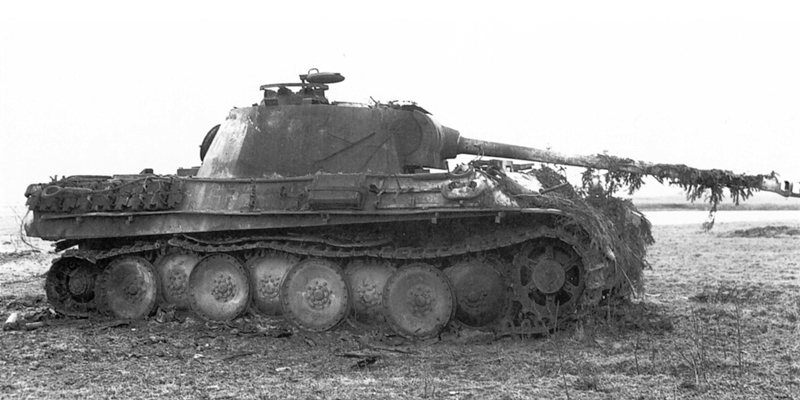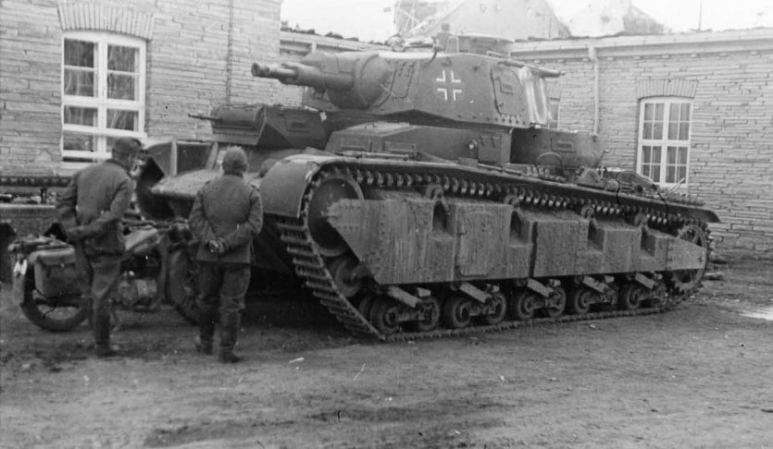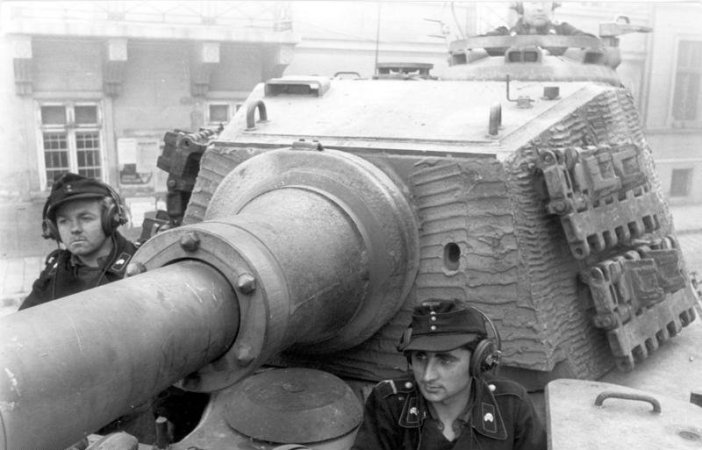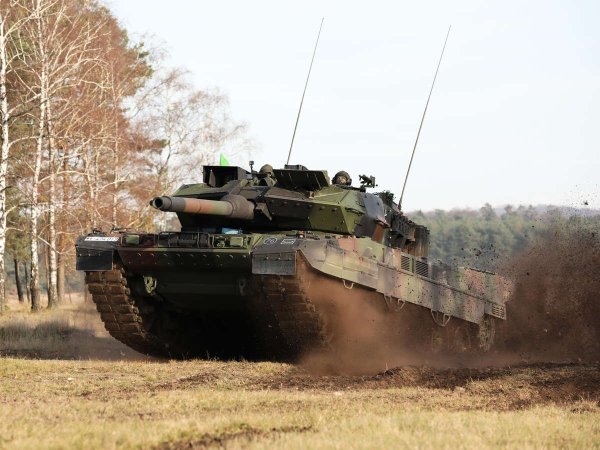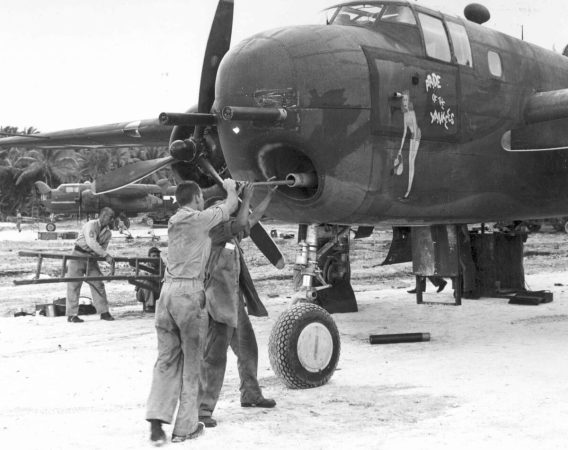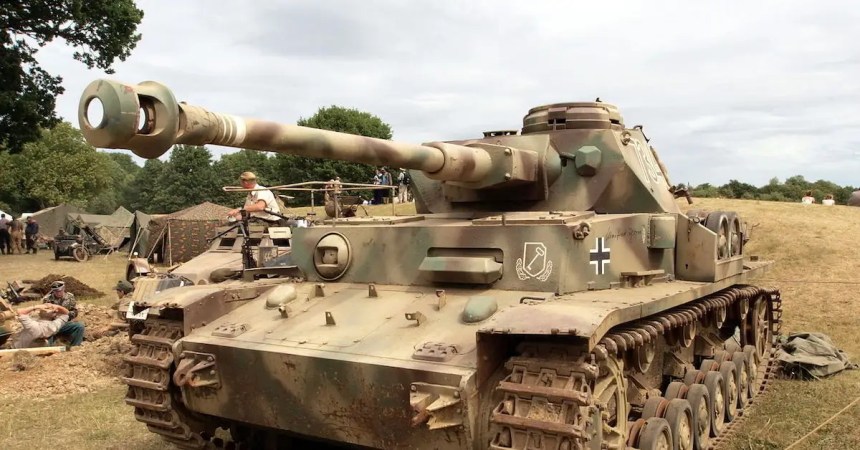The slow-moving L-4 Grasshopper was the ideal plane for spotting hidden German armor during World War II. With a top speed of around 75 miles per hour, it wasn’t the ideal fighter-bomber or ground attack aircraft. That role was best left to the Republic P-47 Thunderbolt, which could blaze across a field strafing enemy targets at well over 425 miles per hour. Or was it?
If you asked Major Charles Carpenter, also known as “Bazooka Charlie,” he would tell you that it all depends on what the little L-4 Grasshopper is shooting at those targets. When he turned his Grasshopper into a bazooka six-shooter for the Battle of Arracourt, it looked a lot like the L-4 was just what the doctor ordered.
L-4 Grasshoppers were first built in 1938 and were dubbed Piper J-3 Cubs. They were light aircraft, slow-movers but were known for their handling and performance. They’re so reliable, many are still flown to this day, despite being an old-timey monoplane built with fabric over a steel skeleton. When the United States entered World War II, they were heartily embraced by the Civil Air Patrol as spotter aircraft, shipped to Britain in large quantities and even ferried important people throughout the war.
Olive drab paint is all it took to make the Cub into its military variant, the Grasshopper. It could loiter for three hours at 12,000 feet and on top of spotting, it could haul the wounded to safety, transport supplies and recon a specific area. Major Charles Carpenter used it for something else entirely.
Carpenter arrived in France in 1944 and was assigned as a spotter pilot, looking for enemy artillery positions in occupied France. Somewhere during his time in Europe, he learned that other L-4 Grasshopper pilots were arming their planes with bazookas, so he decided to join them. He added six infantry bazookas to the outboard jury struts on his plane, nicknamed “Rosie the Rocketer.”
On Sept. 18, 1944, the German Army had assembled 262 tanks and armored artillery to assault the U.S. 4th Armored Division near Arracourt in France. The 4th was outnumbered but still able to put up a good fight. The difference was that the Germans were using a number of their new, superior Panther tanks, which outclassed the American M1 Sherman tank in range and frontal armor. For nearly 11 days, the two sides slugged it out on the ground in bad weather, negating Allied air superiority.
Then, on Sept. 20, the Germans began an advance on the American headquarters and support elements. It wasn’t a strong attack, but it would be devastating, considering its target of opportunity. Maj. Carpenter was above the battlefield in Rosie the Rocketer, but had trouble making out positions on the ground in the weather. Then, around noon, the weather began to clear and Carpenter went straight for a company of Panthers advancing on the town. Despite heavy ground fire, he made slow but repeated passes, firing his bazookas the whole way. He would return to base to reload two times to attack the column. Firing at least 16 rounds, Carpenter was credited with two Panther kills and some armored cars. His gallantry in combat also forced the Germans to withdraw their attack on Arracourt that day.
Bazooka Charlie would eventually be credited with destroying six total enemy tanks during the war, including two of Germany’s vaunted Tiger I tanks. After his fifth tank kill, he told Stars and Stripes, “Word must be getting around to watch out for Cubs with bazookas on them. Every time I show up now they shoot with everything they have. They never used to bother Cubs. Bazookas must be bothering them a bit.”

